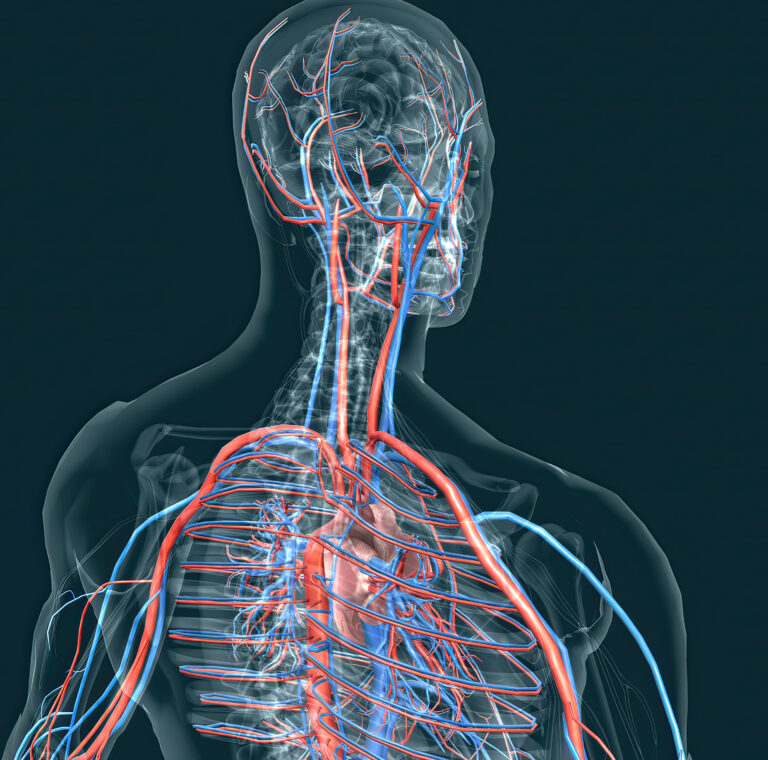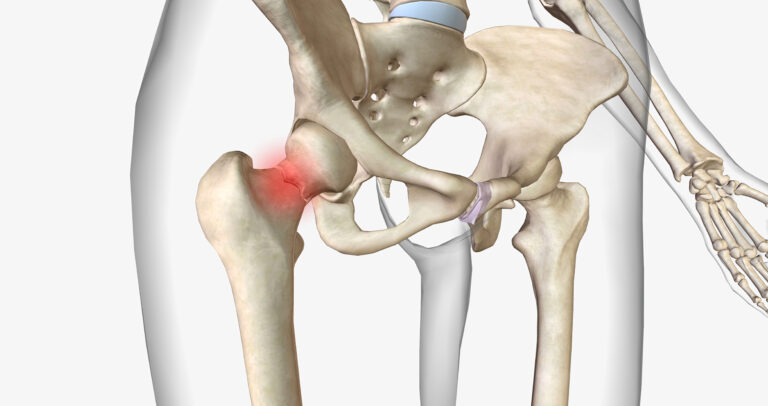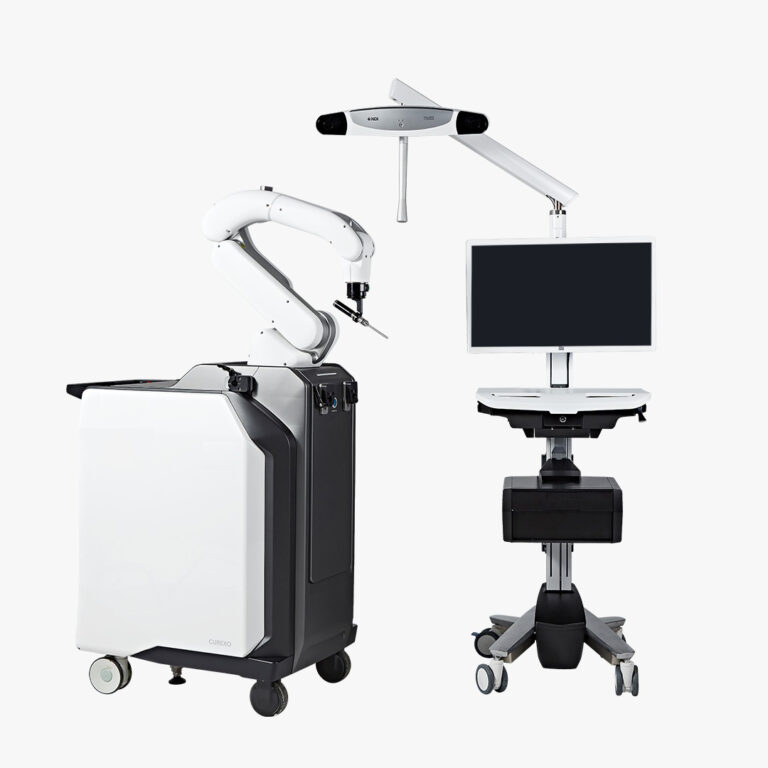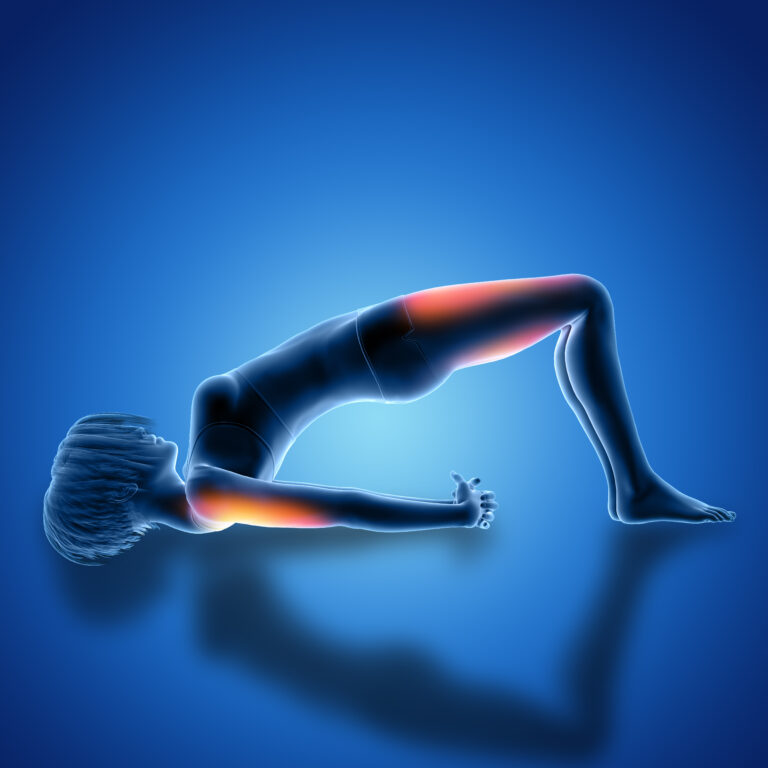
Introduction
Physical therapy plays a pivotal role in the recovery process for women dealing with orthopedic injuries or conditions. It is designed to restore mobility, improve strength, and prevent future injuries. Whether recovering from fractures, joint surgeries, or chronic conditions like arthritis, physical therapy provides personalized care tailored to each patient’s needs. For women, hormonal factors, bone density, and unique health challenges make physical therapy an essential component of effective recovery.
Overview
Physical therapy combines evidence-based exercises, manual therapy, and functional training to support healing and regain independence. Therapists address the specific needs of women, from sports injuries to post-menopausal bone health issues. It also focuses on minimizing pain, reducing inflammation, and ensuring proper joint and muscle function. Regular sessions promote faster healing, help avoid surgical interventions when possible, and improve long-term physical health.
Potential Risks and Complications
- Overuse or Misuse of Injured Areas: Inadequate guidance or improper techniques may worsen the condition or delay recovery.
- Temporary Discomfort: Initial sessions may cause pain or soreness, discouraging some patients from continuing.
- Limited Results in Severe Cases: For advanced orthopedic conditions, physical therapy may require complementary treatments for optimal recovery.
Understanding the Recovery Process
- Initial Assessment: The process begins with evaluating the injury or condition to develop a personalized treatment plan.
- Active Therapy Sessions: Exercises focus on restoring movement, building strength, and enhancing coordination.
- Gradual Progression: Activities are adjusted as healing progresses to ensure continued improvement without strain.
- Maintenance and Prevention: Education on proper body mechanics and home exercises helps sustain recovery and prevent recurrence.
Factors Influencing Outcomes
- Severity and Nature of Injury: Minor injuries recover faster with therapy compared to complex or chronic conditions.
- Adherence to Treatment: Consistent participation in therapy sessions and at-home exercises enhances results.
- Overall Health and Age: Younger, healthier individuals may experience quicker recovery compared to older women with underlying conditions.
- Quality of Care: Working with skilled therapists who understand women-specific orthopedic challenges improves outcomes.
Informed Decision-Making
- Understanding Benefits: Patients should be aware of how physical therapy can reduce reliance on medications or surgeries.
- Choosing the Right Therapist: Selecting a certified professional experienced in orthopedic recovery ensures effective care.
- Balancing Expectations: Realistic goals about the pace and extent of recovery help women stay motivated and committed.
Key Takeaway
Physical therapy is an invaluable tool in orthopedic recovery for women, offering a personalized approach to healing and prevention. By addressing individual challenges and focusing on functional improvement, it enhances recovery speed and long-term mobility, empowering women to return to daily activities with confidence.
Disclaimer
This information is for educational purposes only and is not a substitute for professional medical advice, diagnosis, or treatment. Consult a qualified healthcare provider or physical therapist for personalized care and guidance related to your specific condition.Bottom of Form




